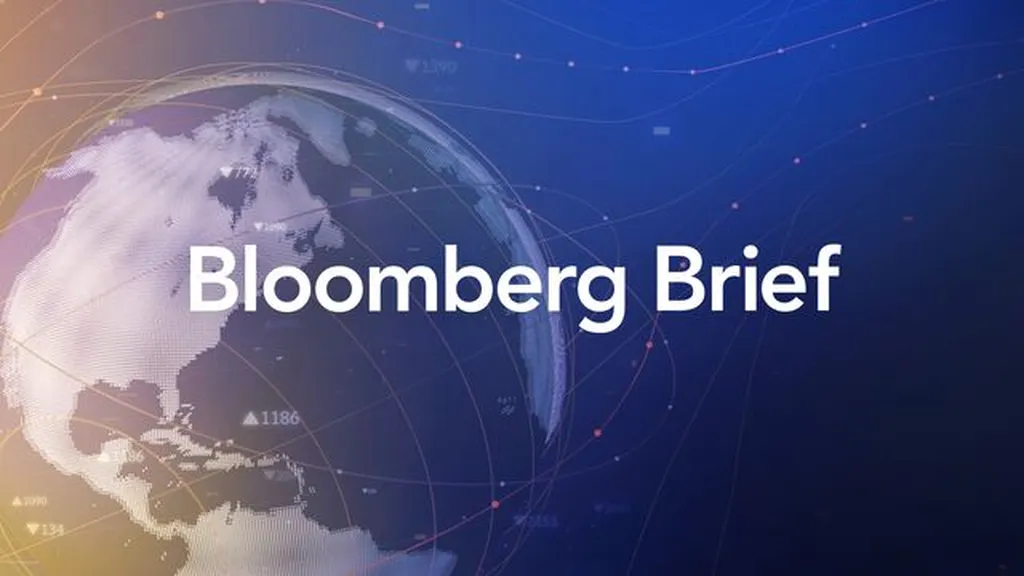In the heart of Rome, at the ENEA Frascati Research Center, a team of scientists led by M. Cappelli is making significant strides in the design of control systems for the International Fusion Materials Irradiation Facility-DEMO-Oriented Neutron Source (IFMIF-DONES). This advanced neutron source, driven by an accelerator, is pivotal for testing materials intended for DEMO, the upcoming fusion reactor that promises to revolutionize the energy sector.
The complexity of IFMIF-DONES demands a robust central control system to manage and supervise operations safely. Cappelli and his team have been diligently working on the design of these control systems, transitioning into the full definition design phase. Their recent progress, published in the English-language journal “Nuclear Fusion,” offers a comprehensive overview of the current state-of-the-art in control systems design, highlighting advancements and challenges.
The control systems for IFMIF-DONES are composed of two levels: the central instrumentation and control systems (CICSs) and the local instrumentation and control systems. These levels are connected by a complex set of communication networks and buses. The CICS consists of three core systems: the control data access and communication (CODAC), the machine protection system (MPS), and the safety control system (SCS). Each of these systems has specific functions, with CODAC handling overall coordination, orchestration, and data management; MPS responsible for machine protection; and SCS ensuring safety for personnel and the environment.
The hierarchical structure of the CICS architecture supports a modular and scalable design, integrating redundancy and fault tolerance. This distributed approach incorporates fast devices and specialized networks for real-time communication between control units. “The integration of these systems is a key challenge, particularly in synchronizing data acquisition and managing interlocks,” Cappelli explains. “Artificial intelligence tools can significantly enhance our subsystems, enabling data-driven decision-making, predictive maintenance, adaptive control, and intelligent optimization.”
The implications of this research for the energy sector are profound. As the world looks towards fusion energy as a clean, sustainable, and virtually limitless power source, the development of reliable control systems for facilities like IFMIF-DONES is crucial. These systems will not only ensure the safe and efficient operation of fusion reactors but also pave the way for commercial applications, potentially transforming the global energy landscape.
Cappelli’s work at the ENEA Frascati Research Center is a testament to the ongoing efforts to harness the power of fusion energy. As the team continues to refine the control systems for IFMIF-DONES, they are laying the groundwork for a future where fusion energy plays a central role in meeting the world’s energy needs. The journey is complex and challenging, but the potential rewards are immense, offering a glimpse into a future powered by clean, sustainable energy.

